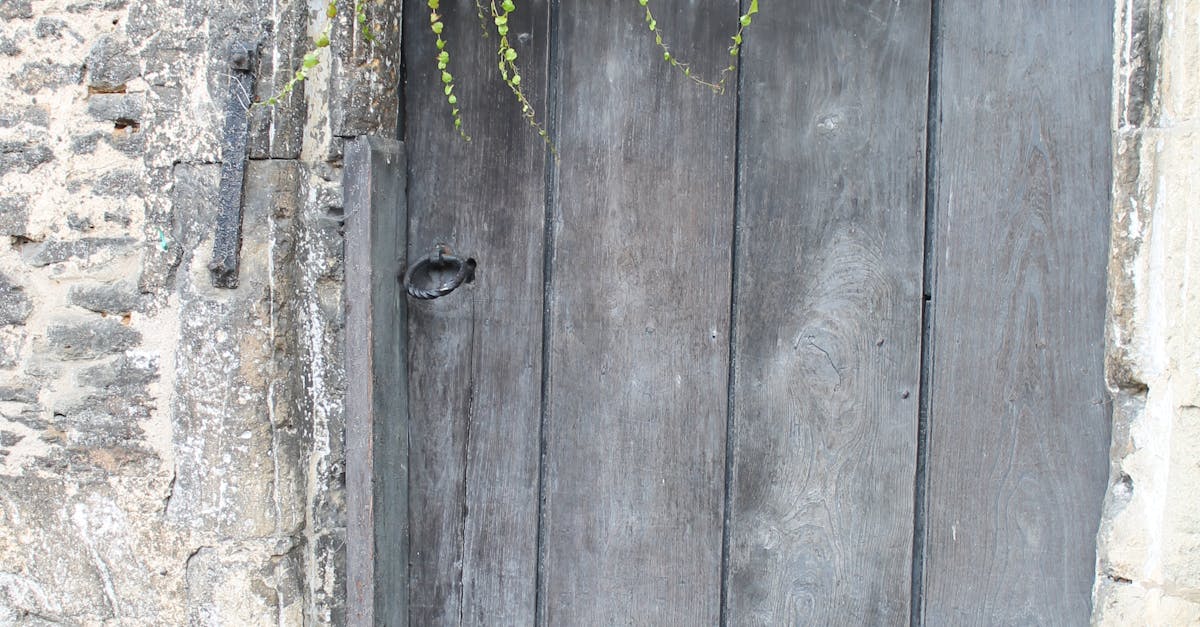
Stone cladding offers significant acoustic benefits, particularly in bustling urban environments. ThTable Of Contentse dense and solid nature of stone absorbs sound waves, reducing the transmission of noise from the outside. This is especially beneficial for homes located near busy streets, construction sites, or other sources of noise pollution.
a minimal environmental impact. The benefits extend beyond just aesthetics; eco-friendly bricks can also contribute to better insulation and energy efficiency for buildings, aligning with contemporary sustainability goals.
Glazed Bricks
These bricks are characterised by their shiny, glass-like surface that not only enhances visual appeal but also provides a level of protection against environmental factors. The glazing process involves a high-temperature firing that adds durability, making glazed bricks resistant to moisture, staining, and wear. This unique quality makes them an ideal choice for various applications, particularly in areas subject to high humidity or grime, such as kitchens and bathrooms.
The aesthetic versatility of these bricks allows for a broad range of colour options and finishes, enabling architects and designers to create striking facades or feature walls. While the maintenance of glazed bricks can be relatively low, it's essential to consider the potential for surface scratches and the need for occasional cleaning to retain their lustrous appearance. Their robust yet elegant features contribute to both modern and traditional designs, making them a popular choice for many building projects.
Aesthetic Appeal and Maintenance
Glazed bricks offer a sleek, modern finish that enhances the visual appeal of any building. Available in a wide range of colours and finishes, these bricks can complement various architectural styles. Their reflective surface can add depth and elegance, creating an eye-catching facade. The vibrant hues remain consistent over time, making glazed bricks a popular choice for those seeking aesthetic versatility.
Maintenance for glazed bricks is relatively straightforward. Their non-porous surface makes them resistant to staining and discolouration. Regular cleaning with mild detergents is often sufficient to keep them looking pristine. Additionally, their durability ensures that they withstand harsh weather conditions, reducing the need for frequent repairs or replacements. This combination of beauty and practicality makes them a favoured option for both residential and commercial projects.
Lightweight Bricks
The use of lightweight bricks has gained popularity due to their practical benefits in construction. Weighing significantly less than traditional bricks, they can simplify the building process. Their reduced weight allows for easier handling and transportation. This can lead to lower labour costs and quicker project timelines. Additionally, structures using lightweight bricks often require less robust foundations, which can further streamline construction.
ainability but also enhances occupant comfort. Combining these attributes makes lightweight bricks a favoured choice among architects and builders striving for innovative and practical design solutions.
FAQS
What are reclaimed bricks and why are they used for cladding?
Reclaimed bricks are salvaged from old buildings and structures, making them a sustainable choice for cladding. They offer a unique aesthetic appeal due to their weathered appearance and contribute to reducing waste by reusing materials.
Are eco-friendly bricks effective for cladding?
Yes, eco-friendly bricks, such as those made from recycled materials or sustainably sourced clay, are effective for cladding. They provide good insulation, durability, and contribute to a lower environmental impact.
What are glazed bricks and what benefits do they offer?
Glazed bricks are coated with a glass-like finish, providing a smooth, glossy surface. They are highly durable, resistant to stains, and easy to clean, making them a popular choice for both aesthetic appeal and maintenance.
How do lightweight bricks contribute to structural design?Terms of Use
Lightweight bricks are designed to be less dense than traditional bricks, which can reduce the overall weight of a building. This can lead to lower foundation costs, easier handling during construction, and improved energy efficiency.
Can I use different types of bricks together in cladding?
Yes, using different types of bricks together can create a visually interesting and unique façade. However, it’s important to ensure that the different materials are compatible in terms of moisture resistance and thermal performance to avoid potential issues.
Privacy PolicyRelated Links
Enhancing Curb Appeal with Brick Cladding TechniquesCost Analysis of Brick Cladding Installation
The Environmental Impact of Brick Cladding Choices
Innovative Uses of Brick Cladding in Outdoor Spaces
The Role of Brick Cladding in Energy Efficiency
Comparing Traditional and Contemporary Brick Cladding Styles
Maintenance Tips for Brick Cladding Exteriors